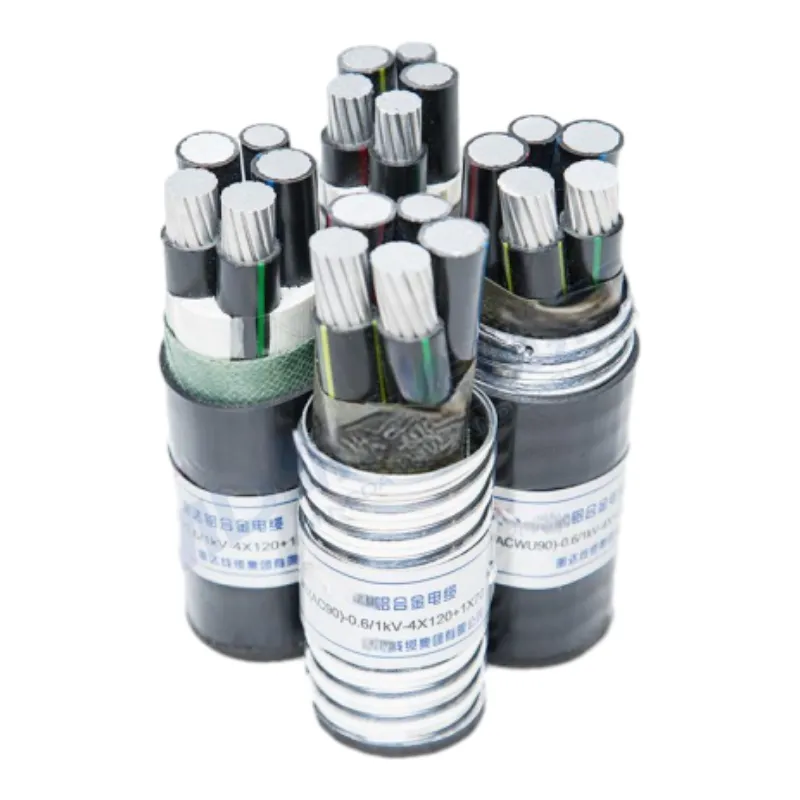11 月 . 04, 2024 01:39 Back to list
swing check valve flange type
Understanding Swing Check Valve Flange Types
Swing check valves are crucial components in various fluid systems, designed primarily to prevent backflow. They operate on the simplest principle allowing fluid to flow in one direction while automatically closing when there is a reverse flow. Among the various configurations available, the flange type swing check valve stands out for its versatility and robust design.
What is a Swing Check Valve?
A swing check valve operates with a disc that swings on a hinge to block reverse flow. When the fluid flows in the correct direction, the disc swings open, permitting passage. Conversely, if the flow direction reverses, the disc swings back against the seat, effectively sealing the valve and preventing backflow. This simple yet effective mechanism makes swing check valves ideal for various applications, particularly in water supply systems, industrial piping, and HVAC systems.
Flange Type Configuration
Flange type swing check valves are characterized by their connection to pipelines through flanged ends. Flanges provide a broad surface area for sealing, making these valves especially suitable for high-pressure systems. The two main types of flanges are raised face and flat face, each offering unique advantages depending on the application.
1. Raised Face Flanges These flanges have a slight elevation at the center, which helps to create a better seal when compressed against the face of the mating flange. They are widely used in high-pressure applications where a tighter seal is essential to prevent leaks.
2. Flat Face Flanges These flanges are entirely flat, offering a simplified installation process and are often used in lower-pressure applications. This type of flange can be beneficial in systems where the flanged fittings are made of different materials, as it minimizes the risk of sealing issues that can arise from uneven surfaces.
Advantages of Flange Type Swing Check Valves
Flange type swing check valves are favored for several reasons
- Ease of Installation The flanged connection allows for easy installation and maintenance. They can be bolted directly to matching flanges in the piping system, reducing the need for welding or additional fittings.
swing check valve flange type

- Robustness and Reliability With their solid construction and wide sealing surfaces, flange type swing check valves provide reliable performance, capable of withstanding significant pressure variations without failure
.- Versatility They are suitable for a wide range of applications, including water supply, sewage systems, industrial processes, and even HVAC systems.
- Customization Flange type swing check valves can be manufactured in various sizes, materials, and pressure ratings to meet specific system requirements.
Considerations When Choosing a Flange Type Swing Check Valve
When selecting a flange type swing check valve, several factors should be considered
- Material Compatibility Ensure the valve material is compatible with the fluid it will handle to prevent corrosion and prolong service life.
- Pressure and Temperature Ratings Verify that the valve can handle the operational pressure and temperature of your system.
- Size and Flow Rate Choose a valve size that matches your pipeline diameter and can accommodate the expected flow rates without causing turbulence or pressure drops.
Conclusion
Flange type swing check valves are an excellent solution for preventing backflow in various systems. Their robust design, ease of installation, and versatility make them preferred choices for engineers and system designers. By understanding the different types of flanges and their specific applications, users can make informed decisions to optimize their fluid systems effectively.
Share
-
Understanding the Differences Between Wafer Type Butterfly Valve and Lugged Butterfly ValveNewsOct.25,2024
-
The Efficiency of Wafer Type Butterfly Valve and Lugged Butterfly ValveNewsOct.25,2024
-
The Ultimate Guide to Industrial Swing Check Valve: Performance, Installation, and MaintenanceNewsOct.25,2024
-
Superior Performance with Industrial Swing Check Valve: The Essential Valve for Any SystemNewsOct.25,2024
-
Industrial Swing Check Valve: The Ideal Solution for Flow ControlNewsOct.25,2024
-
You Need to Know About Industrial Swing Check Valve: Functionality, Scope, and PerformanceNewsOct.25,2024